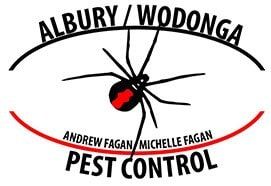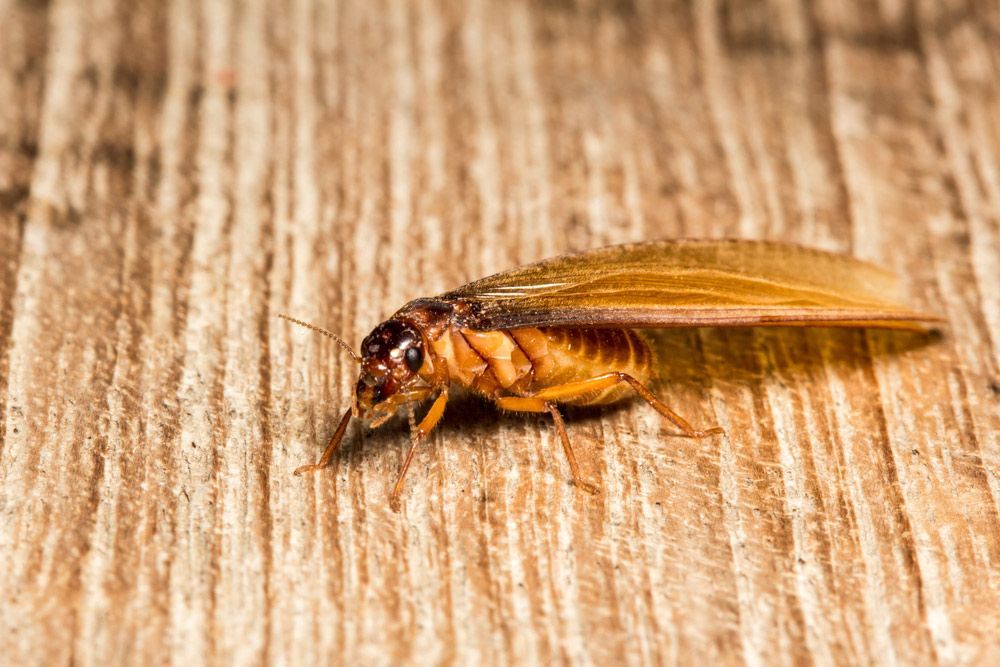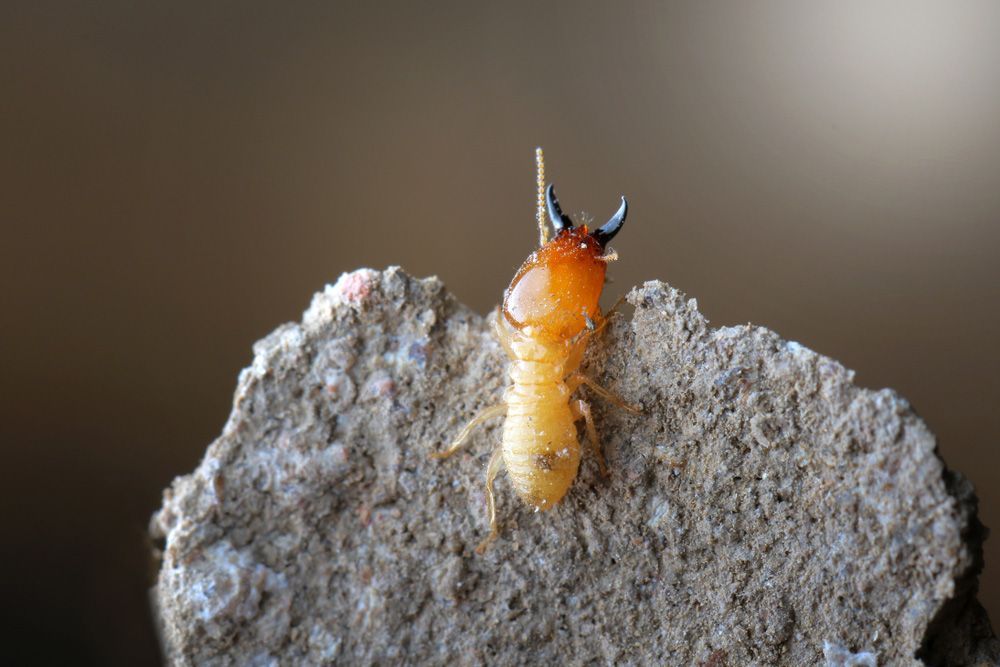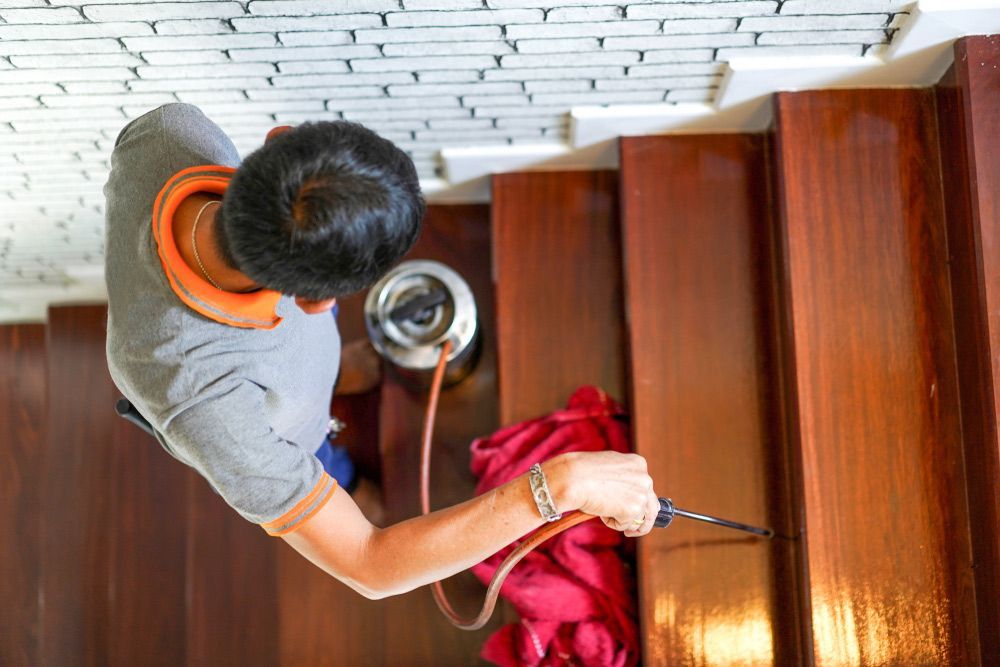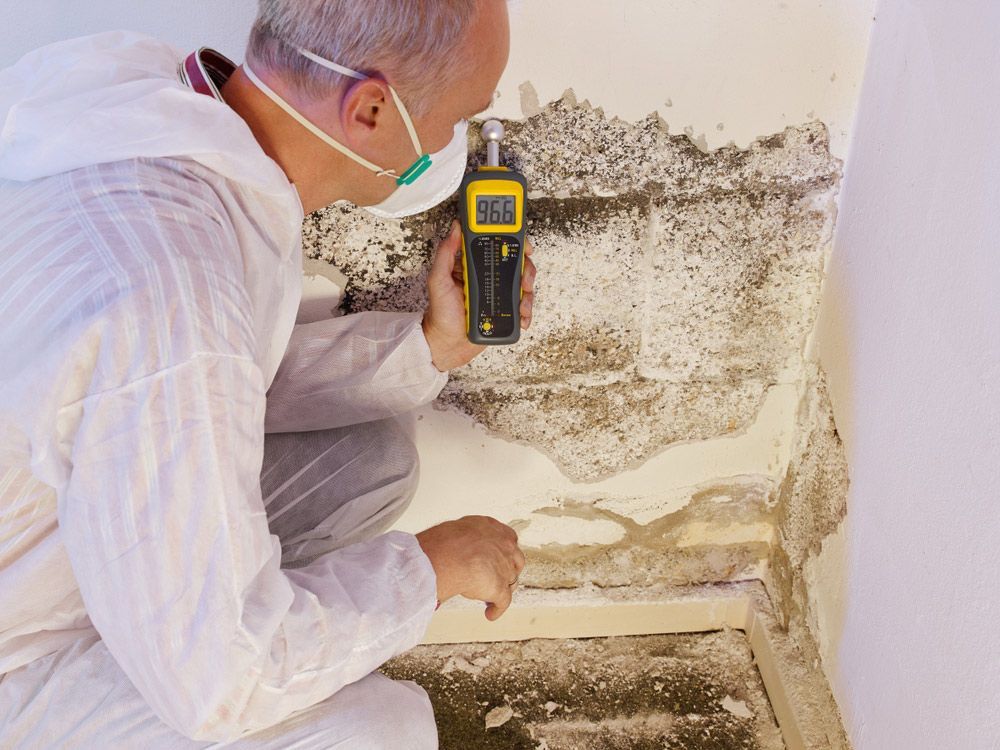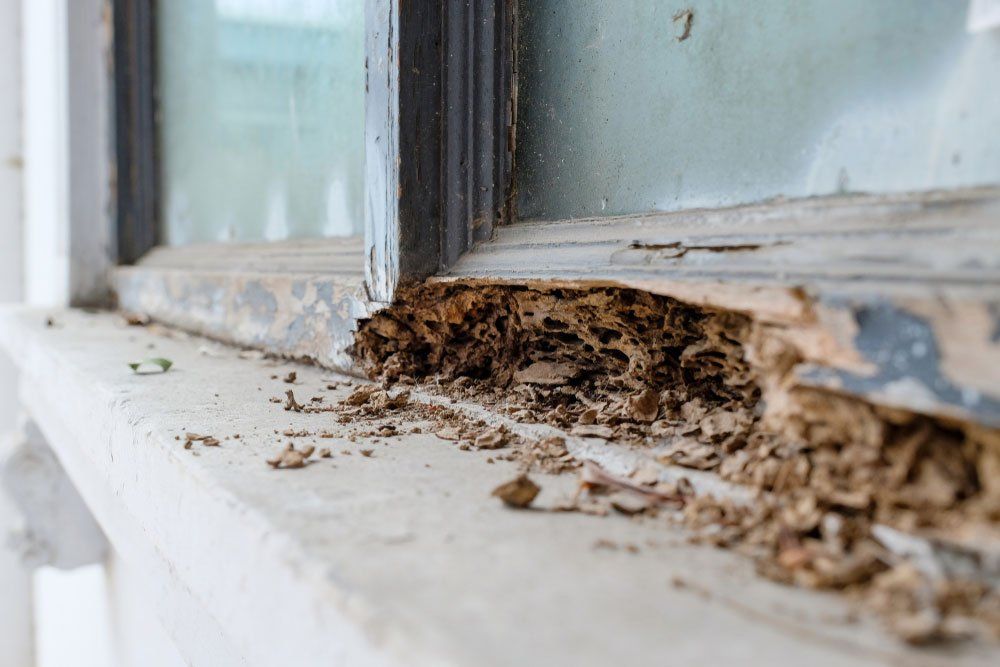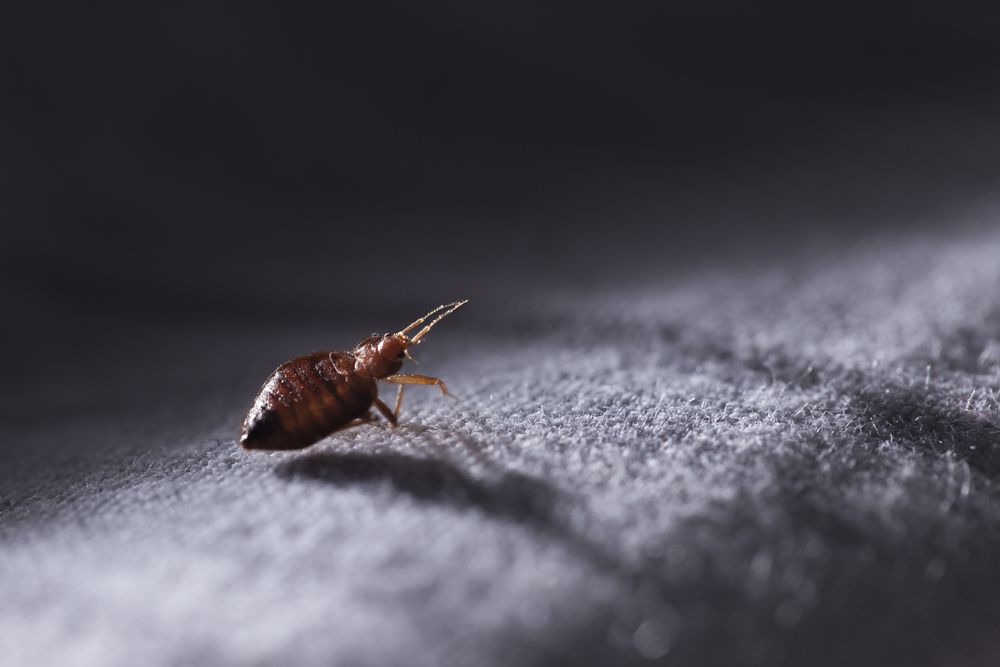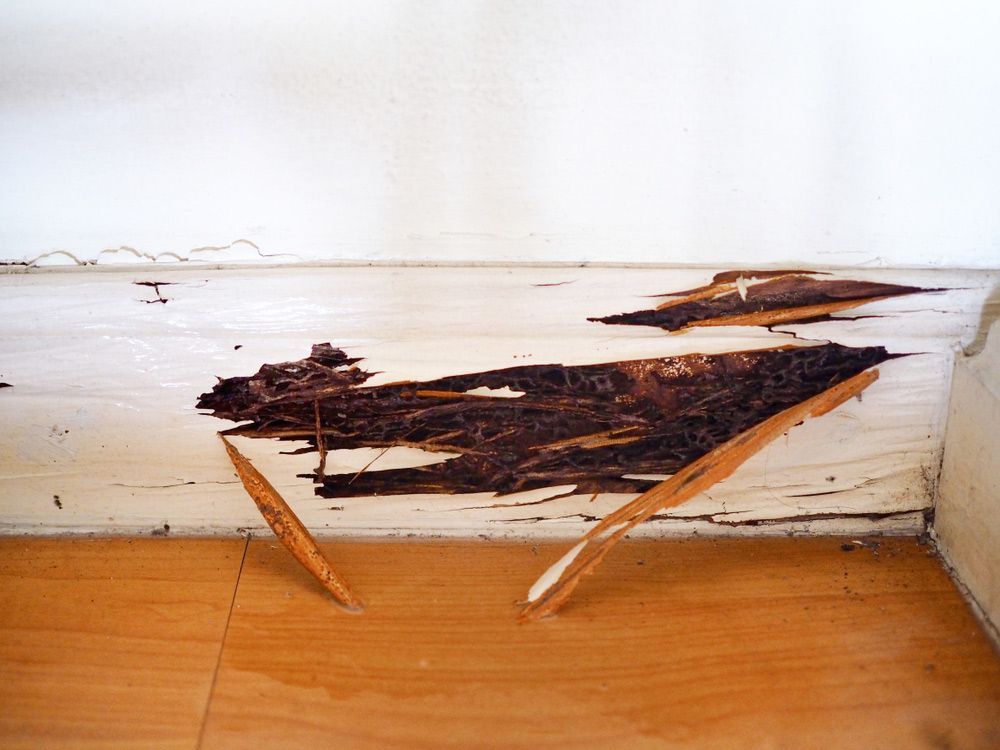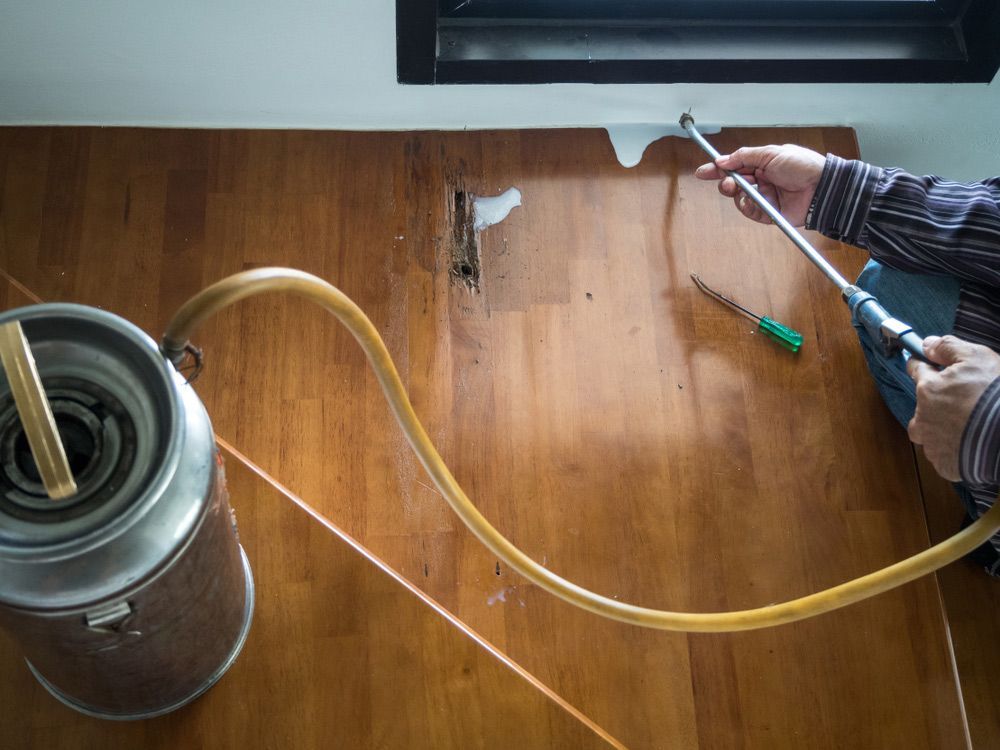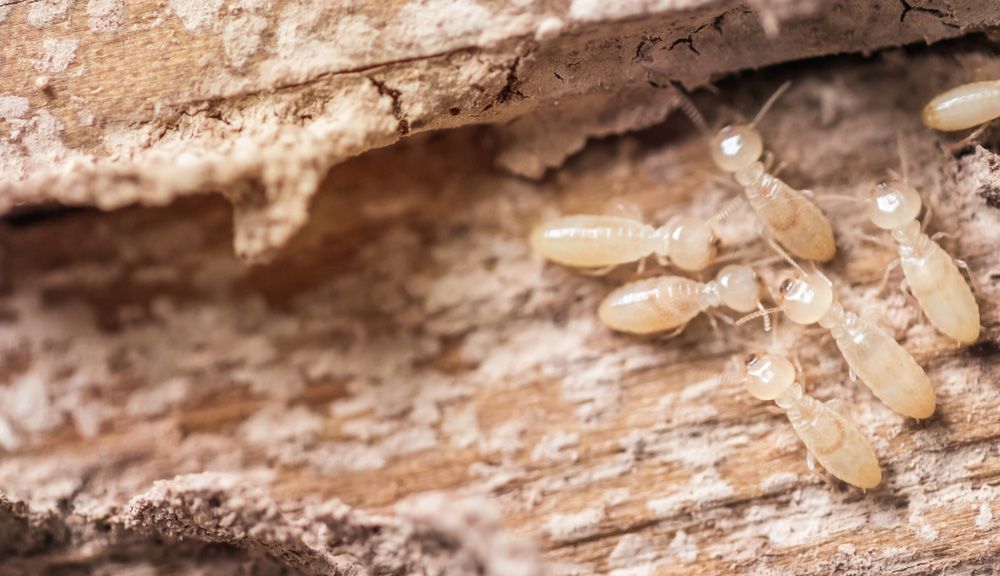Where Do Flying Termites Come From?
Ever noticed a swarm of flying termites near your home and wondered where they came from? These winged insects are more than just a nuisance—they signify potential termite trouble. Let’s dive into the origins of flying termites and how you can protect your home from infestations.
Understanding Flying Termites & Their Swarming Behaviour
Flying termites, also known as “alates,” are the reproductive members of a termite colony. Their primary purpose is to leave the nest, find a mate and start a new colony. These winged termites are usually seen during a termite swarm, a large group of termites that emerge to reproduce. Swarming typically happens after rain when the weather is warm and humid. This event is nature’s way of allowing termites to spread and establish new colonies in different locations.
Seeing a termite swarm near your home likely means there’s a mature colony nearby, possibly on your property. These termites could already be damaging wooden structures, so it’s important to stay vigilant.
Origins of Flying Termites & How to Spot an Infestation
Flying termites originate from well-established termite colonies that can be hidden in the soil, walls or wooden structures. A colony releases these winged termites when it’s ready to expand. If you spot flying termites, it’s a clear sign that a nearby colony is maturing and attempting to spread.
To detect flying termites or termite activity, look for the following signs:
- Discarded wings: After mating, flying termites shed their wings, leaving them around windows or entry points.
- Hollow wood: Wood that sounds hollow when tapped may indicate internal termite damage.
- Mud tubes: Subterranean termites create mud tubes along walls and foundations to reach food sources.
Prevention Techniques & Professional Treatment Options
Prevention is key when it comes to termites. Here are a few prevention techniques to help protect your property:
- Moisture control: Termites thrive in damp conditions, so repairing leaks and improving drainage can deter them.
- Remove wood contact with soil: Use barriers or treated wood to ensure wooden structures don’t directly touch the soil.
- Regular inspections: Have a professional pest inspection annually to catch infestations early.
If prevention techniques aren’t enough or you’ve already noticed signs of termites, professional treatments are essential. Pest control experts provide solutions like soil treatments, chemical barriers or bait systems to eliminate termites and prevent future infestations.
Book A Professional Termite Inspection Now!
At Albury Wodonga Pest Control, we offer expert termite control services, including thorough inspections and advanced treatment methods. Whether you’re dealing with a current infestation or seeking prevention techniques, our team have the skills to protect your home from flying termites and other pests. Contact us today for a consultation and keep your property termite-free.
